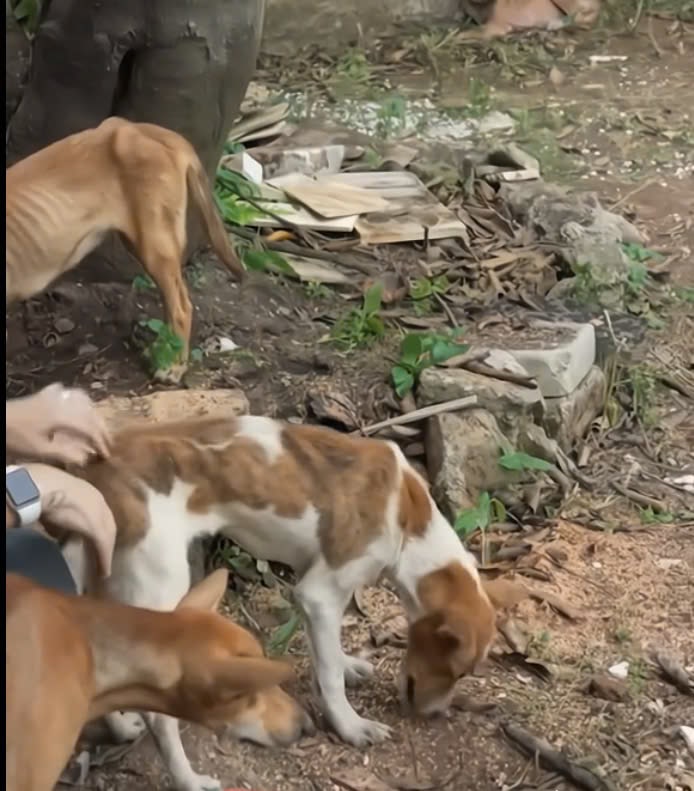The rescue of fifty dogs from a dark, confined space where they were individually tied up in bags is a heart-wrenching story of cruelty turned into hope. Each dog had been placed inside a separate bag, unable to move freely, deprived of basic necessities, and locked inside a house that had become their prison. The conditions these animals were found in were beyond inhumane. But through the courage and dedication of rescuers, these dogs were given a second chance at life. This story is one of suffering and triumph, a testament to the resilience of animals and the power of compassion.

The house in question was a place no one would have thought to look. It was dark, isolated, and appeared long abandoned from the outside. Its windows were boarded up, and the exterior gave no indication of the horror it concealed within. The stench was unbearable, and it was this odor that finally led someone to report the location to the authorities. Upon entry, the rescue team was met with a scene they could never have imagined. In the middle of the dark and damp house, there were fifty bags, each one containing a dog. The sight of these animals confined in such a way was both heartbreaking and infuriating.
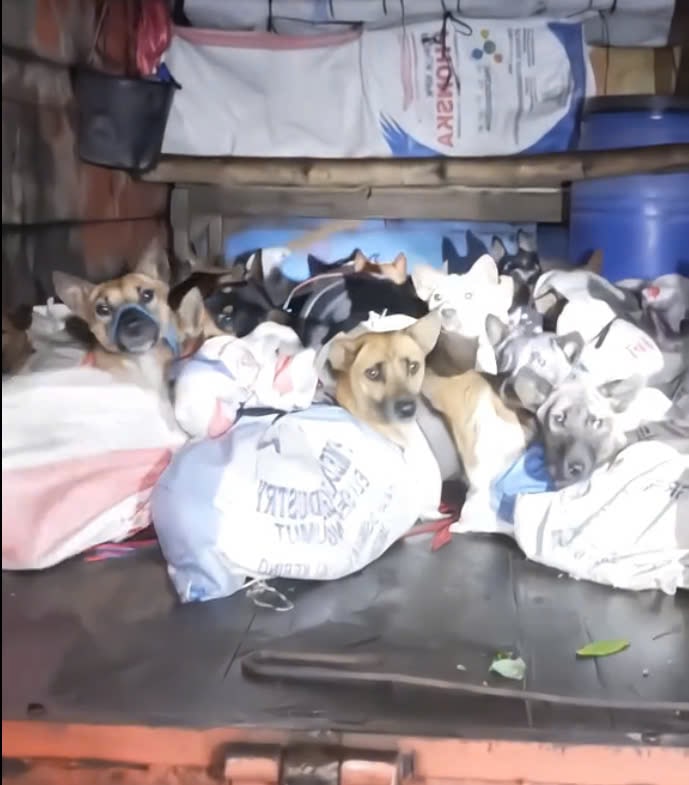
The bags themselves were tightly tied, restricting the movement of the dogs inside. Some dogs whimpered weakly, while others had fallen silent, exhausted by their futile attempts to escape. It was clear that they had been in these conditions for far too long. The house had no ventilation, no light, and no food or water for the animals. It was a death trap, and if not for the timely intervention of the rescuers, it’s likely that many of the dogs would not have survived much longer.

The rescue operation itself was not easy. The team had to work quickly to free the dogs from the bags, but they also had to be cautious. The dogs were understandably terrified and disoriented. Some had suffered injuries from being tied up so tightly, while others were in shock, unable to comprehend what was happening. The rescuers carefully cut open each bag, ensuring the dogs were handled with care. Despite the trauma they had endured, many of the dogs were still able to wag their tails slightly, as if recognizing that help had finally arrived.
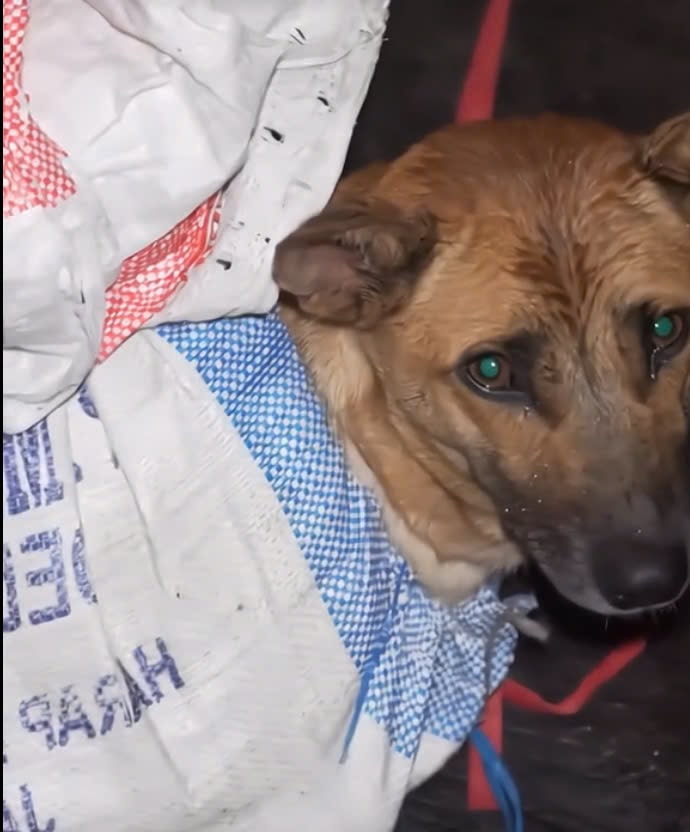
Each dog was immediately assessed for its condition. Some were dehydrated, while others were malnourished. The lack of food and water had taken a serious toll on their bodies. Many were emaciated, their ribs clearly visible through their thin coats of fur. The rescue team provided them with immediate medical care, ensuring that they were rehydrated and treated for any injuries they had sustained. The dogs were then transported to a shelter where they could begin their recovery process.
At the shelter, the dogs were given the care and attention they so desperately needed. They were bathed, fed, and given clean, comfortable spaces to rest. For many of them, this was likely the first time in a long time, if ever, that they had experienced such comfort. The shelter staff worked around the clock to ensure that the dogs were monitored closely. Some dogs required more intensive medical care, while others needed time to adjust to their new surroundings.

The psychological trauma these dogs had endured was evident. Many were skittish, afraid to interact with people, while others seemed to crave affection, despite their ordeal. It was clear that each dog would require a different approach to rehabilitation. Some would need time and patience to rebuild their trust in humans, while others were more resilient, quickly warming up to the shelter staff. The shelter’s trainers and volunteers worked tirelessly to provide the dogs with the emotional support they needed. Through slow, gentle interactions, they began to help the dogs regain confidence and trust.
In the weeks that followed the rescue, the story of these fifty dogs spread quickly. News outlets picked up the story, and it wasn’t long before people began reaching out to the shelter, offering to adopt or foster the dogs. The shelter received an overwhelming response from the community, with many people touched by the plight of these animals and eager to help in any way they could. The rescue had not only saved fifty lives but had also ignited a wave of compassion and awareness about animal cruelty.

As each dog slowly began to heal, both physically and emotionally, the shelter started the process of finding them forever homes. Potential adopters were carefully screened to ensure that the dogs would be placed in loving, responsible homes where they would never have to suffer again. Some of the dogs were adopted into families, while others were taken in by individuals who were committed to providing them with the care they needed to overcome their traumatic past.
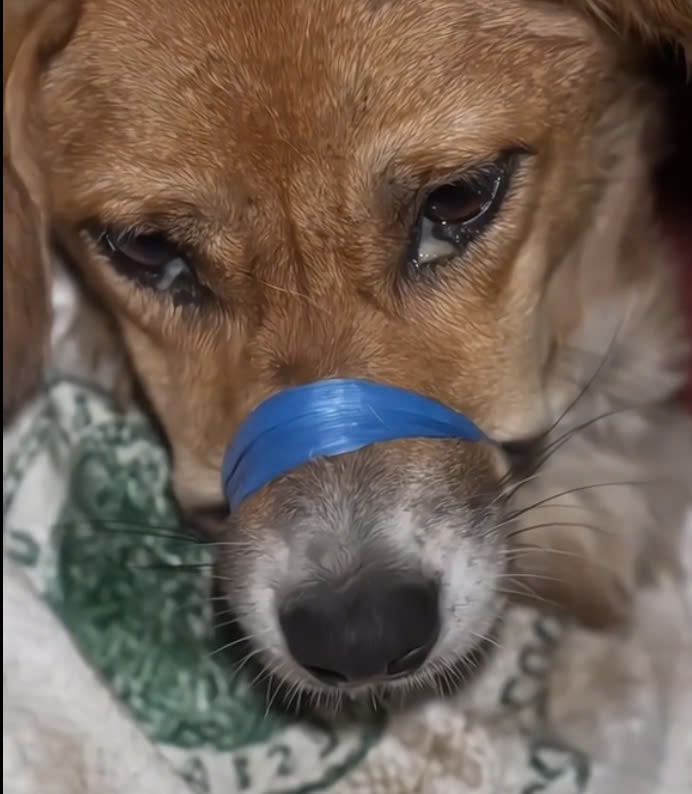
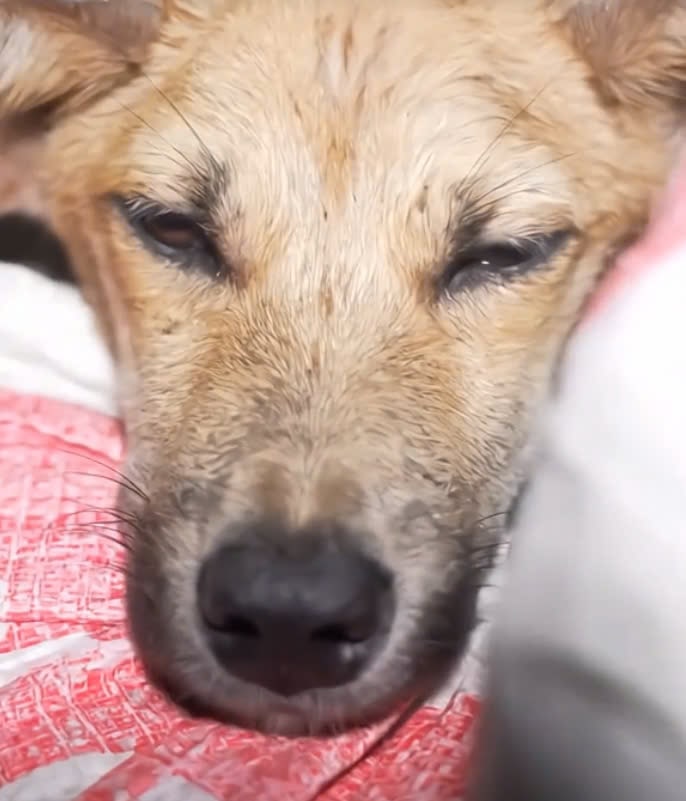
The transformation of these dogs was remarkable. Dogs that had once been confined to bags in a dark, filthy house were now running, playing, and enjoying the outdoors. Their coats grew shiny and healthy, their eyes brightened, and their personalities began to shine through. It was clear that despite everything they had been through, these dogs were fighters. They had survived unimaginable cruelty, and now they were thriving in their new lives.
For the rescuers and shelter staff, the success of this operation was a bittersweet victory. While they were overjoyed to have saved these dogs and given them a second chance at life, the reality of the situation weighed heavily on their minds. How had these dogs ended up in such a terrible place? Who was responsible for this cruelty, and would justice be served? These were questions that remained unanswered, but what mattered most to the rescuers was that the dogs were now safe and on the road to recovery.
